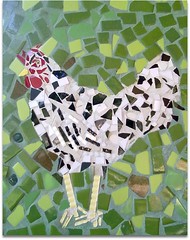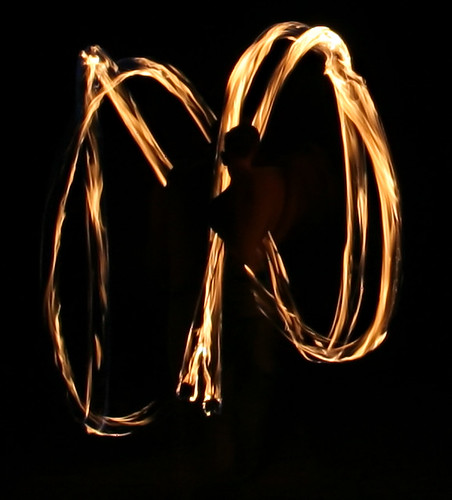 (Yes, I’m popping my head up after a month of heavy work and little inclination to stay at my computer as summer finally arrived in Seattle.)
(Yes, I’m popping my head up after a month of heavy work and little inclination to stay at my computer as summer finally arrived in Seattle.)
I have long been a fan of learning from failures. In college, a friend of mine told me the day before I graduated, “I never met anyone who could fall down and get up so quickly.” When I picked up on Dave Snowden’s “safe-fail” experiment language I said YEAH!
Last month I happened upon a post by Chris Corrigan on just this topic. It was juicy and relevant. I work with many professionals for whom the risk of looking anything less than competent is not an option. This is a barrier. Chris sees this too.
The pressure that comes from perfection and maintaining a failsafe environment is a killer, and while we all demand high levels of accountability and performance, working in a climate where we can fail-safe provides more opportunity to find creative ways forward that are hitherto unknown.
My first line strategy is to role model. When I’m uncertain, I talk about it. When I am not sure something will work, I position it as an experiment. Just a shift in language can change the environment for risk.
Chris gets at this more clearly.
1. Be in a learning journey with others. While you are working with people, see your work as a learning journey and share questions and inquiries with your team.
2. Take time to reflect on successes and failures together. We are having a lovely conversation on the OSLIST, the Open Space facilitator’s listserv about failures right now and it’s refreshing to hear stories about where things went sideways. What we learn from those experiences is deep, both about ourselves and our work.
3. Be helpful. When a colleague takes a risk and fail, be prepared to setp up to help them sort it out. My best boss ever gave us three rules to operate under: be loyal to your team, make mistakes and make sure he was the first to know when you made one. There was almost nothing we could do that he couldn’t take care of, and we always had him at our backs, as long as he was the first to hear about it. Providing that support to team members is fantastic.
4. Apologize together. Show a united front, and help make amends when things go wrong. This is a take on one of the improv principles of making your partner look good. It is also about taking responsibility and having many minds and hearts to put to work to correct what needs correcting. This one matters when your mistake costs lives. Would be nice to see this more in the corporate world.
5. Build on the offer. Another improv principle, this one invites us to see what we just went through as an offer to move on to the next thing.
6. Don’t be hard on yourself. You can’t get out of a pickle if you are berating yourself up for being there. I find The Work of Byron Katie to be very very helpful in helping become clear about what to do next and to loosen up on the story that just because I failed, therefore I am a failure.
I like that last one. I am on part work/part vacation this week. I will have to practice that! Go for it. Don’t be chicken.
(Photo is mine from the Agricultural Sustainability Institute at the University of California, Davis)
 Via a tweet today from
Via a tweet today from 